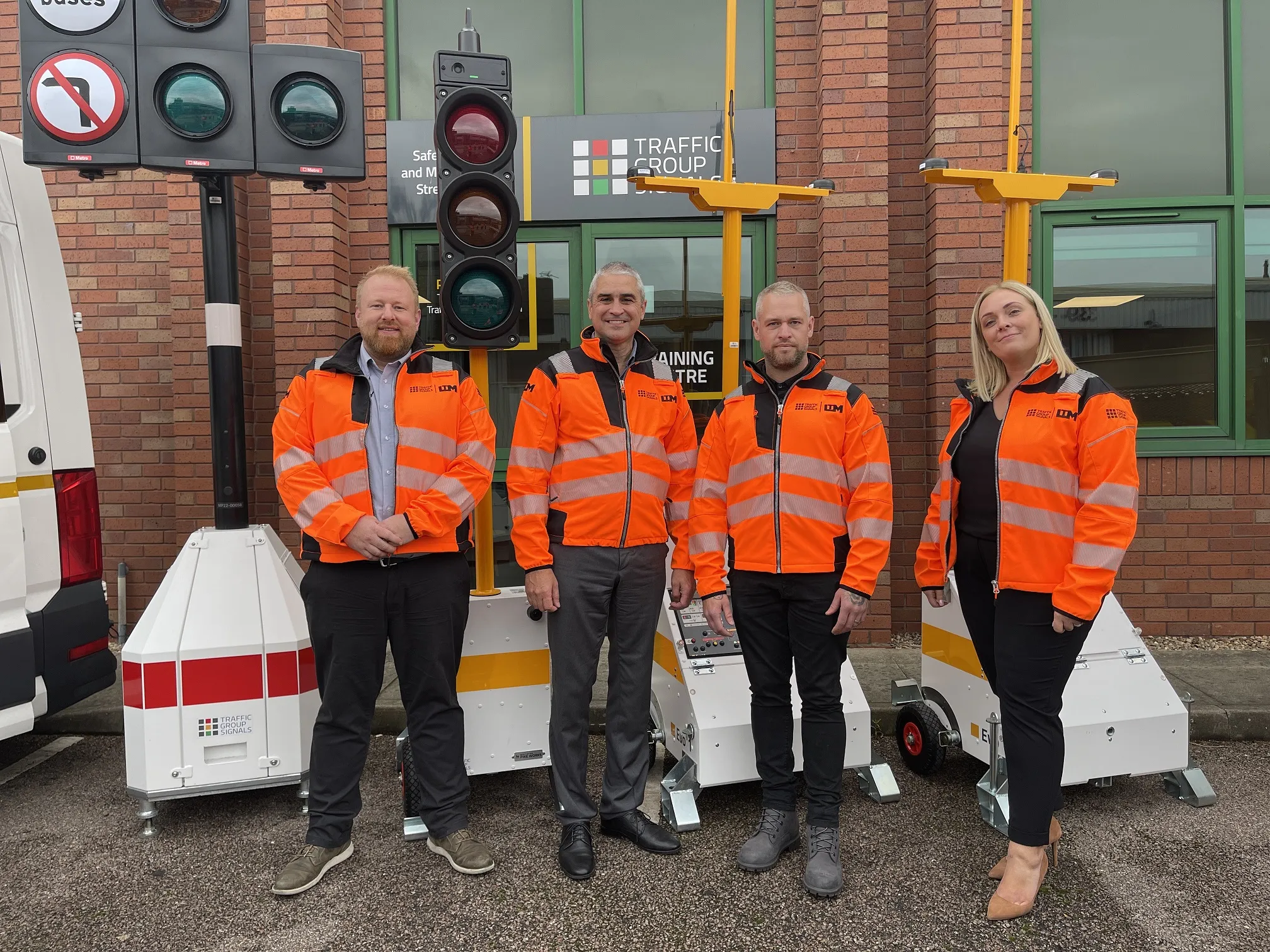Hydro is launching a rotating mast arm which says will improve safety for operators responsible for maintaining traffic signals on multi-lane carriageways.
Operators can control the rotating mechanism by using an internal winch located in a separate door compartment at ground level.
The aluminium solution can either be installed in the ground or via the retention socket with anti-rotation design.
Local technical support is available in the UK.
May 2, 2019
Read time: 1 min
Hydro is launching a rotating mast arm which says will improve safety for operators responsible for maintaining traffic signals on multi-lane carriageways.
Operators can control the rotating mechanism by using an internal winch located in a separate door compartment at ground level.
The aluminium solution can either be installed in the ground or via the retention socket with anti-rotation design.
Local technical support is available in the UK.









